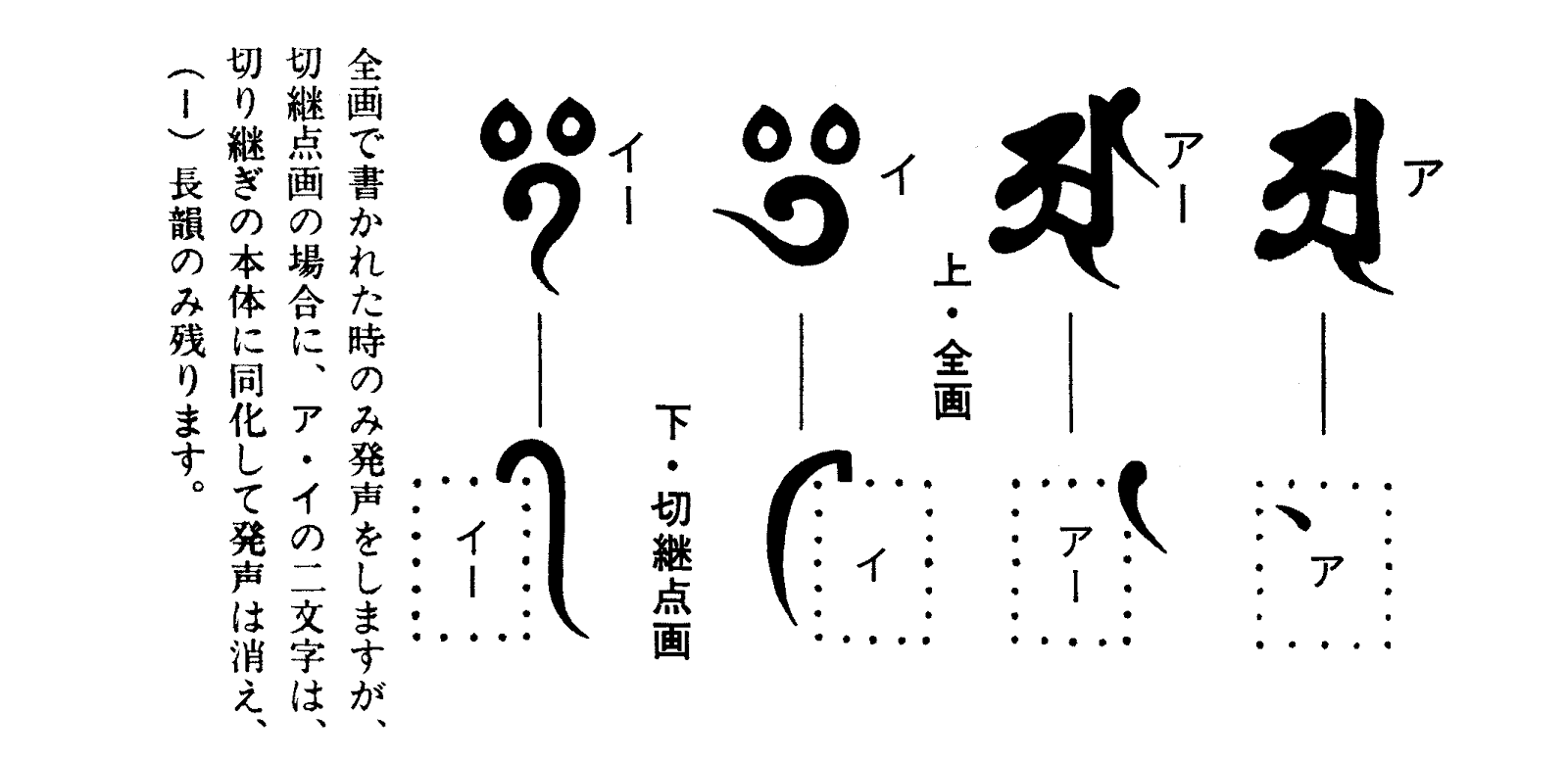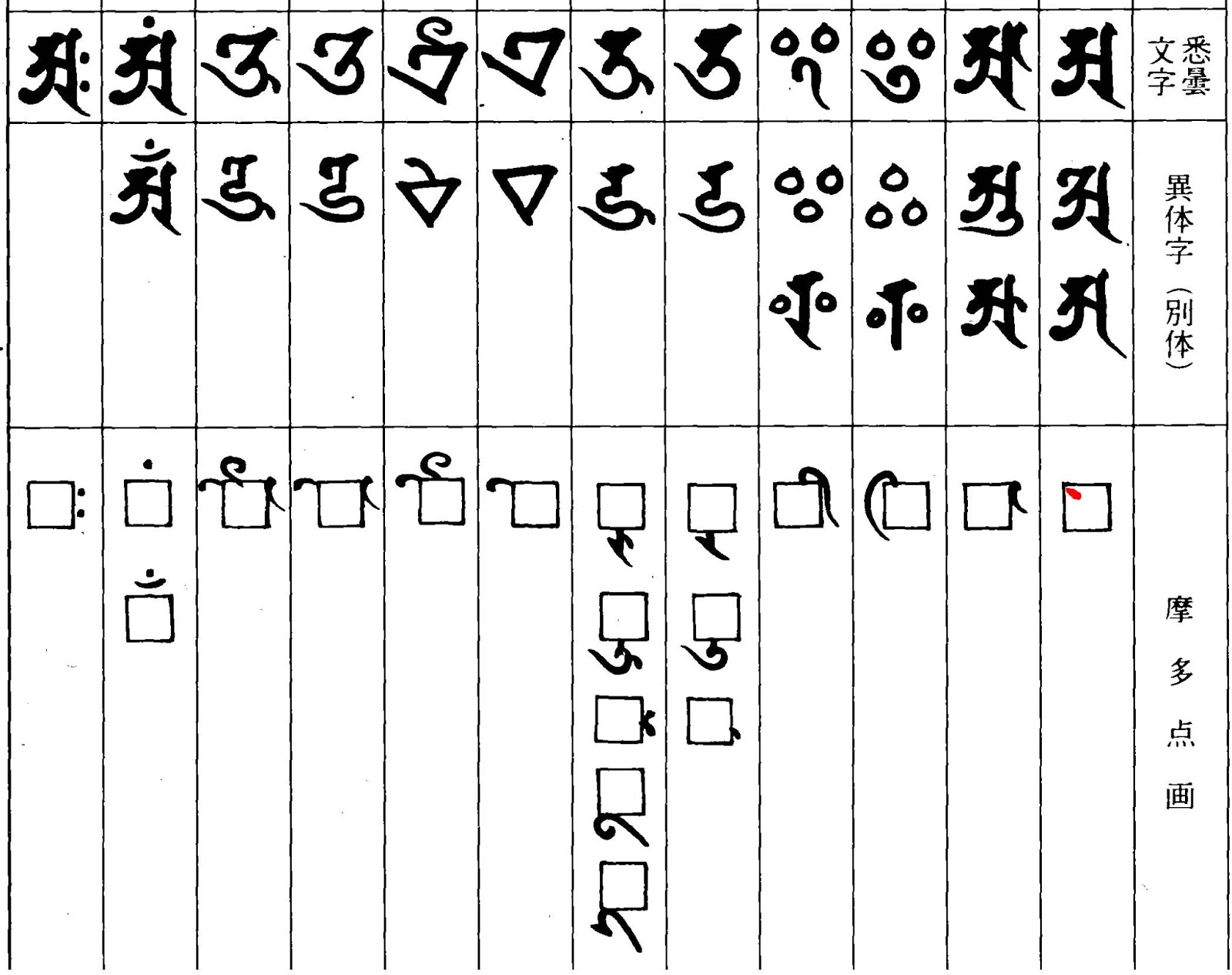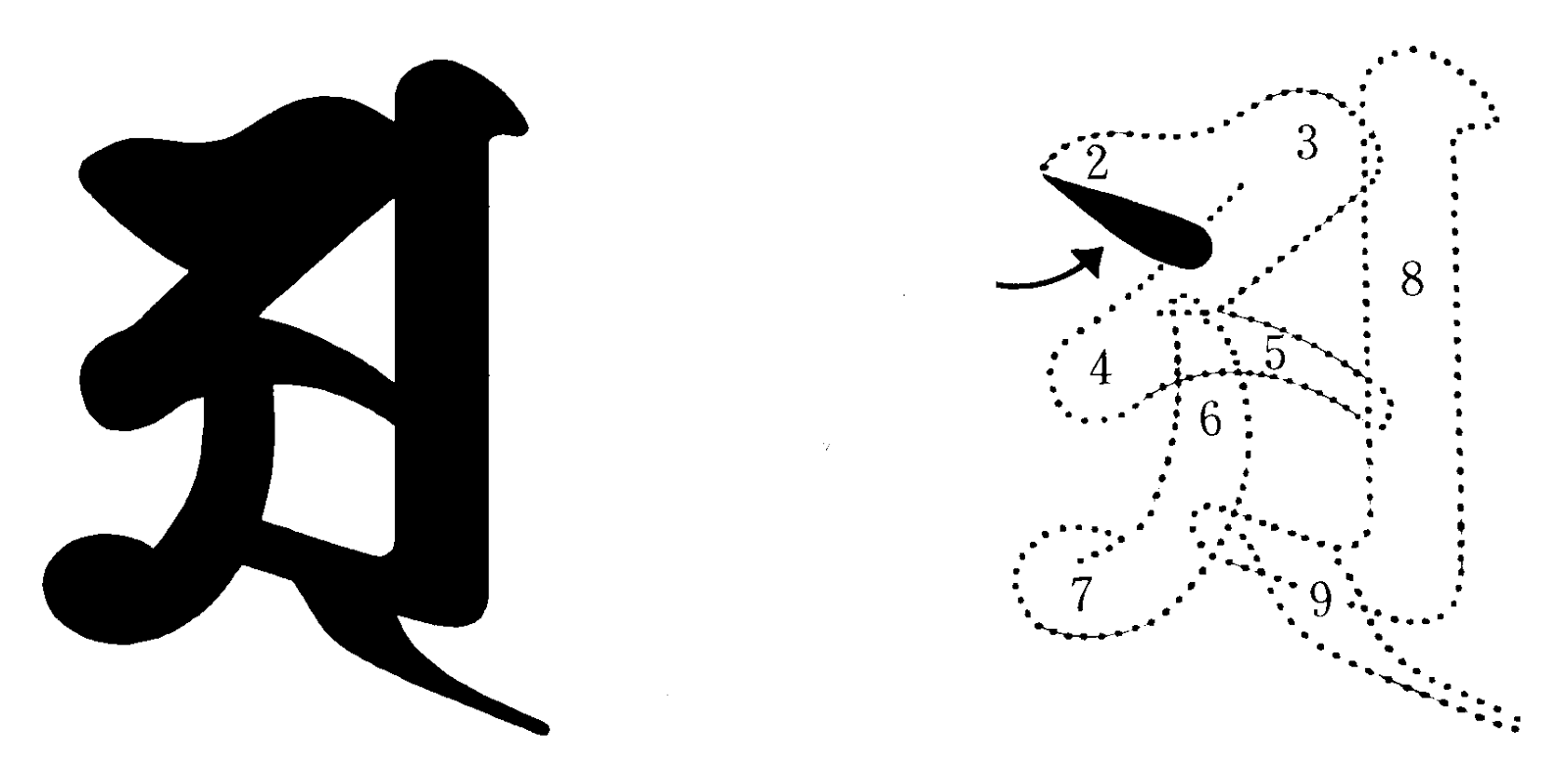A short downward sloping horizontal stroke is shown in some historical
and modern Siddham handbooks in connection with SIDDHAM LETTER A. In
Sacred Calligraphy of the East (1981), John Stevens calls it a
‘variation’ of the vowel letter A:

In the excerpt, below, from the Zusetsu Bonji [図說梵字] (1974) of Kijun
Tokuzan [徳山暉純], the stroke is shown as a form of the vowel letter A,
on par with the dependent forms of the vowel letters A, I, and II.

Giryū Kodama [児玉義隆] also shows it as a form of A in his Bonji Hikkei
[梵字必携] (1991):

Although it is correlated with Siddham vowel letter A, it is not a
true vowel sign, but represents the initial brush stroke used in
writing the vowel letter. Below is another excerpt from Tokuzan
(1974), which shows the nine brush strokes used for constructing the
vowel letter A, with the initial stroke highlighted:

The same stroke is used in the creation of all
Siddham letters. The stroke is shown below in the forms for Siddham
letters A, KHA, HA, RA, VA:

This stroke is known in Japanese as 命点 myō-ten “life mark”. It
corresponds to the Chinese basic stroke 點 diǎn “dot’”, which is
encoded in Unicode as ㇔U+31D4 CJK STROKE D.
I have not been able to conduct much research into the meaning of
Siddham myō-ten, but I have a hunch that it embodies the phonetic
power of a character. I would theorize that the philosophy behind the
myō-ten arose as a way of explaining the absence of a mark for the
inherent vowel. All Indic vowels have both independent and dependent
forms, except for the letter A, which has only an independent form.
This raises several questions from a philosophical angle: How does one
capture this inherent sound, which is part of the graphical structure
of each consonant letter, but which is unmarked? Is it contained
somehow in the letter form? If so, where in the glyph does it reside?
As it represents the initial brush stroke used for writing the vowel
letter A, it may be said to contain the graphical and phonetic essence
of the letter.
I raise the issue of the Siddham myō-ten because it is significant
from an ideographic perspective, as are the other elemental strokes
identified in pedagogical texts. I am currently investigating the
potential of encoding these elemental strokes, which I mentioned in my
Siddham proposal as being out of scope for the basic encoding. I
welcome any information on the myō-ten from users familiar with its
philosophical interpretations and its use in Siddham pedagogy.